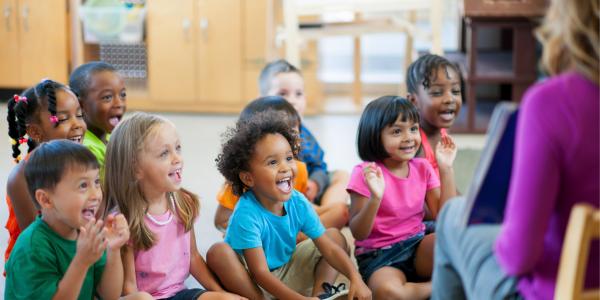We live in a multicultural society. The proliferation of mobile devices and the internet has allowed equality to prosper worldwide despite challenges. A multicultural society is best-partnered by a culturally responsive curriculum.
Schools that thrive and promote student body diversity understand the importance of promoting cultural awareness. Schools who want to create a culture of equity and engagement in their classroom needs to have teachers that can demonstrate to their students their genuine care about their cultural, emotional, and intellectual needs. With this in mind, there are a couple of strategies that you need to use to build trusting relationships with diverse students. Here’s how classrooms can incorporate cultural awareness in your classroom curriculum:
Transform teachers from instructors to facilitators. This vital requirement to create a good environment for students effectively reduces the difference in power between the instructor and student. Providing students with questionnaires based on their specific interest provides them with a measure of power over what they can learn and gives them more intrinsic motivation and connectedness to learning materials. Letting students bring their learning material and present it to the class lets them have an opportunity to interact with others by sharing stories, thoughts, and ideas that are important to their cultural and social perspectives.
Be more sensitive to language concerns. Students in a traditional classroom who aren’t native English speakers sadly feel marginalized most times and pressured into discarding their original language to favor English. A culturally responsive classroom thrives in diversity with instructional materials that are tailored to a non-native speaker’s English fluency level. Likewise, accompanying materials need to be provided in the student’s primary language while being encouraged to master English.
Hone every student’s unique skills and abilities. Because a culturally-responsive curriculum is a student-centered philosophy, it shouldn’t surprise anyone that expectations for achievement are tracked and determined individually for every student. Students must be given appropriate praise depending on their tasks. If a student isn’t completing the work, positive engagement should be used to help guide the student toward the successful application of skills and learning to accomplish the task.
Show genuine interest in the student’s ethnic background. The students must be encouraged to research and share information about their ethnic background to foster trusting relationships with other classmates. Facilitators need to assess differences in beliefs, traditions, and social behaviors. This task assists students in realizing that their beliefs and traditions are important to tailor the curriculum to their persona. This is a necessary breakthrough for a truly culturally responsive classroom.
Utilize an inclusive curriculum that still respects differences. A classroom that claims to be responsive needs to ensure that no sides are being focused on. Instead, it needs to acknowledge the differences enough to create a balance for each student. A culturally-responsive curriculum also encourages’ the teacher and the student’s understanding and recognition of each student’s life and cultural background. This promotes respectful and balanced inclusion.
Finding schools that practice the culture of equity and engagement in the classroom.
A school needs to be responsible for creating a culture of equity and engagement in the classroom, especially in years where students are realizing their identities. This stage is the teen years. If you’re an expat or a local that wants to ensure that your kids are in a place that utilizes the above ways, consider an international school like Global Indian International School, which offers Cambridge International General Certificate of Secondary Education (IGCSE), the world’s most popular international curriculum for 14 to 16-year-olds.
Critical thinking, inquiry-based learning and problem-solving are the most significant learning outcomes of the Cambridge IGCSE program. It creates a balance between retaining local relevance and accepting the international outlook and subsequently lays the groundwork for lifelong learning.

Leave a Reply